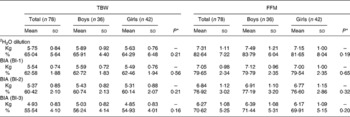
The most promising measures include strain heterogeneity and mechanical power dissipation.Ĭlinical care of mechanically ventilated patients suffering from acute respiratory distress syndrome (ARDS) is a compromise between providing sufficient gas exchange and avoiding ventilator-induced lung injury (VILI) ( 48). NEW & NOTEWORTHY This work uses a predictive single-compartment model and injury cost functions to assess graded levels of mechanical ventilator-induced lung injury. Of the cost functions considered, we conclude that mechanical power dissipation and strain heterogeneity are the best at distinguishing between graded levels of injury and are good candidates for forecasting the development of VILI. We compared several injury cost functions to markers of VILI-induced blood-gas barrier disruption. The data were analyzed with a single-compartment model that predicts recruitment/derecruitment and tissue distension at each time step in measured pressure-volume loops. A cohort of these animals were subjected to an injurious bronchoalveolar lavage before ventilation.

Pressure-volume loops were acquired over the course of ~2 h of mechanical ventilation in four different groups of BALB/c mice.

Accordingly, this work seeks to link ventilator settings to graded levels of VILI to identify injury cost functions that predict injury by using a computational model to process pressures and flows measured at the airway opening. Identifying safe ventilation patterns for patients with acute respiratory distress syndrome remains challenging because of the delicate balance between gas exchange and selection of ventilator settings to prevent further ventilator-induced lung injury (VILI).


 0 kommentar(er)
0 kommentar(er)
